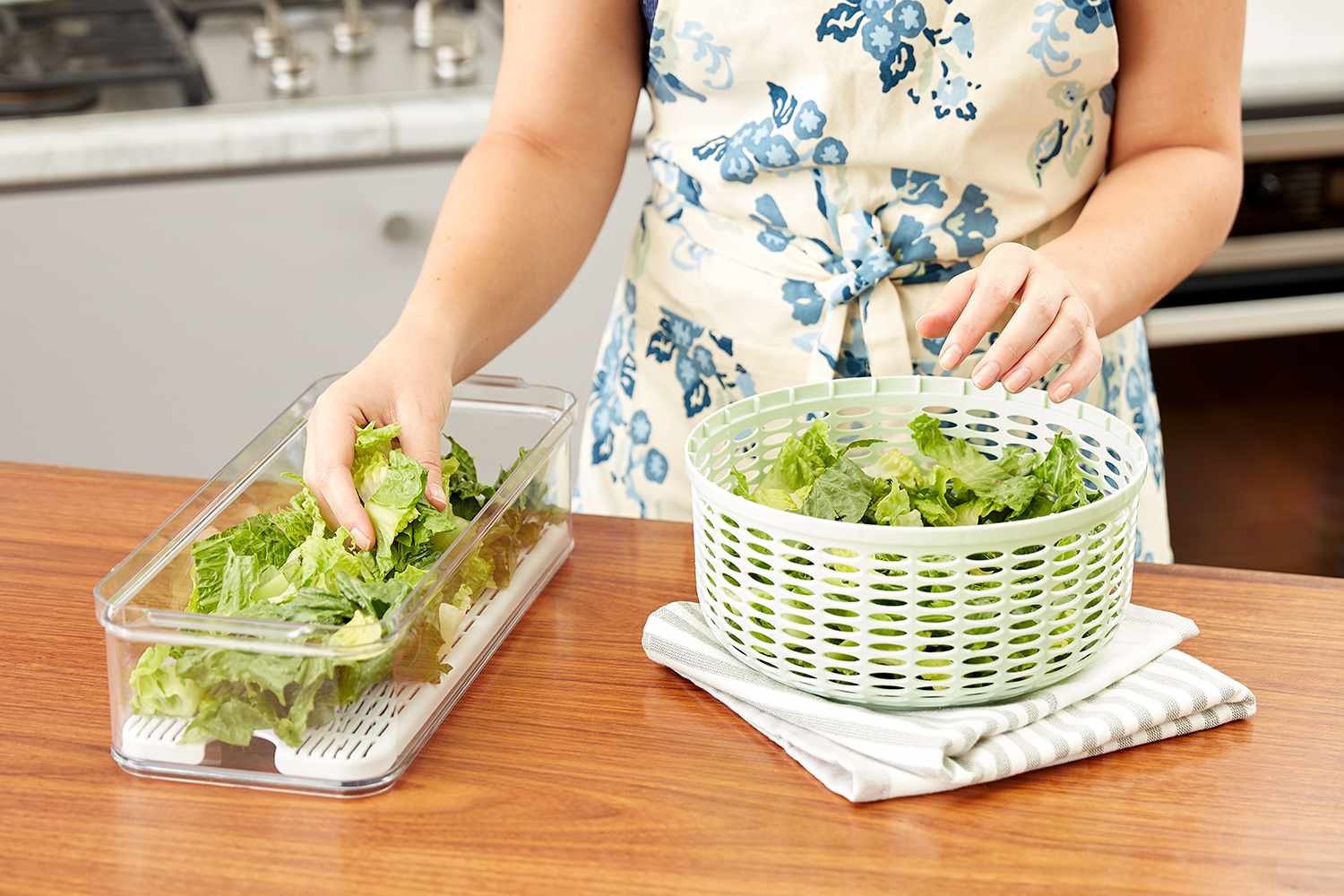

Articles
How To Store Cut Lettuce In The Fridge
Modified: December 7, 2023
Learn how to store cut lettuce in the fridge with these helpful articles. Keep your lettuce fresh and crisp for longer periods.
(Many of the links in this article redirect to a specific reviewed product. Your purchase of these products through affiliate links helps to generate commission for Storables.com, at no extra cost. Learn more)
Introduction
When it comes to enjoying fresh and crisp salads, one of the key ingredients is lettuce. Whether you prefer romaine, leafy greens, or iceberg lettuce, it’s important to store it properly to maintain its freshness and flavor. This is especially true when the lettuce has been cut, as it is more vulnerable to wilting and spoiling.
In this article, we will discuss the importance of proper storage for cut lettuce and provide you with some practical tips to ensure that your lettuce stays fresh in the fridge. By following these guidelines, you can extend the shelf life of your cut lettuce and enjoy delicious salads for longer periods.
Key Takeaways:
- Properly storing cut lettuce is crucial for maintaining freshness, texture, and nutritional value. Follow these tips to extend the shelf life and reduce food waste.
- Whether using a plastic bag, resealable container, or paper towel, creating the right storage environment is key to preserving cut lettuce’s freshness and crispness.
Read more: How To Store Iceberg Lettuce In Fridge
Why is it important to store cut lettuce properly?
Properly storing cut lettuce is crucial for several reasons. First and foremost, it helps to maintain the freshness and crispness of the lettuce. When lettuce is exposed to air and moisture, it can quickly wilt and become limp, losing its appealing texture. By storing it properly, you can preserve its crunch and vibrant appearance.
In addition to preserving its texture, storing cut lettuce properly also helps to retain its nutritional value. Lettuce is packed with essential vitamins and minerals, including vitamin K, vitamin A, and folate. However, exposure to light, air, and heat can cause nutrient degradation. By storing it in optimal conditions, you can ensure that the lettuce retains its beneficial nutrients.
Another benefit of proper storage is that it reduces the risk of bacterial growth and foodborne illnesses. Lettuce can be a breeding ground for bacteria, especially when it is cut. Storing it at the right temperature and minimizing contact with moisture can help prevent the growth of harmful bacteria such as Salmonella and E. coli.
Last but not least, proper storage can help you reduce food waste. Many people find that their cut lettuce goes bad before they have a chance to consume it all. By storing it properly, you can extend its shelf life and minimize the amount of lettuce that ends up in the compost bin.
Tips for storing cut lettuce in the fridge
Storing cut lettuce in the fridge requires a few key considerations to maintain its freshness and quality. Here are some useful tips to keep in mind:
- Wash the lettuce before cutting: It’s best to wash the lettuce leaves before you cut them. This helps to remove any dirt, pesticides, or bacteria that may be present on the outer surface. Dry the leaves thoroughly before proceeding with the cutting process.
- Use a clean, airtight container: Choose a clean, airtight container to store the cut lettuce. This helps to prevent exposure to air and moisture. Glass or plastic containers with tight-fitting lids work well for this purpose. Ensure that the container is free from any residual odors that could affect the flavor of the lettuce.
- Store in the crisper drawer: The crisper drawer in your fridge is designed to help maintain optimal moisture levels, making it an ideal place to store cut lettuce. Place the container of cut lettuce in the crisper drawer, away from other fruits and vegetables that release ethylene gas, which can cause the lettuce to spoil faster.
- Separate leaves and remove excess moisture: Take the time to separate the lettuce leaves and remove any excess moisture. Dampness can speed up the wilting process, so pat the leaves dry with a clean paper towel before storing them in the container.
- Avoid overcrowding: Overcrowding the container can lead to compression and moisture buildup, causing the lettuce to wilt more quickly. Make sure to leave some space between the lettuce leaves and avoid piling them up on top of each other.
- Label the container: To avoid confusion and ensure that you use the cut lettuce before it spoils, label the container with the date it was cut. This will help you keep track of its freshness and use it within a reasonable timeframe.
By following these tips, you can maintain the quality and freshness of your cut lettuce, ensuring that it stays crisp and delicious for as long as possible.
Method 1: Storing cut lettuce in a plastic bag
One simple and effective method for storing cut lettuce is to use a plastic bag. Here’s how you can do it:
- Prepare the lettuce: Wash the lettuce leaves thoroughly and dry them completely. Remove any damaged or wilted leaves.
- Cut the lettuce: Cut the lettuce into your desired size, whether it’s shredded, torn, or chopped.
- Place the lettuce in a plastic bag: Take a clean, resealable plastic bag and put the cut lettuce inside. Squeeze out any excess air before sealing the bag.
- Store in the fridge: Put the plastic bag of lettuce in the refrigerator, preferably in the crisper drawer. Keep it away from other fruits and vegetables that release ethylene gas.
- Check and use within a week: It’s important to periodically check the lettuce for any signs of spoilage. Use it within a week to ensure optimum freshness and quality.
By storing cut lettuce in a plastic bag, you are creating a sealed environment that helps to retain moisture and prevent air exposure. This method can help extend the shelf life of the lettuce and keep it fresh and crisp for longer periods.
Remember to store the plastic bag upright to prevent any excess moisture from collecting at the bottom, which can lead to wilting. Additionally, if you notice any condensation inside the bag, gently pat the lettuce dry with a paper towel before using it to prevent sogginess.
To store cut lettuce in the fridge, place it in a resealable plastic bag with a paper towel to absorb excess moisture. Squeeze out any air before sealing the bag and store it in the crisper drawer for up to a week.
Method 2: Storing cut lettuce in a resealable container
Another effective method for storing cut lettuce is to use a resealable container. This method helps to maintain the freshness and crispness of the lettuce while providing extra protection against moisture and air exposure. Follow these steps to store cut lettuce in a resealable container:
- Prepare the lettuce: Wash the lettuce leaves thoroughly and dry them completely. Remove any damaged or wilted leaves.
- Cut the lettuce: Cut the lettuce into your desired size, such as shredded, torn, or chopped.
- Place the lettuce in the container: Take a clean, dry resealable container and put the cut lettuce inside. Make sure to spread out the leaves in a single layer to avoid overcrowding.
- Remove excess air: Before sealing the container, press down on the lettuce gently to remove any excess air. This helps to prevent the leaves from wilting quickly.
- Seal and store in the fridge: Close the lid tightly to create an airtight seal. Store the container in the refrigerator, ideally in the crisper drawer.
- Check and use within a week: Periodically check the lettuce for any signs of spoilage. Use it within a week for the best taste and texture.
By using a resealable container, you create a controlled environment that protects the lettuce from moisture loss and exposure to air. This method helps to extend the shelf life of the cut lettuce, allowing you to enjoy fresh salads or add lettuce to your favorite dishes throughout the week.
Remember to choose a container that is the appropriate size for the amount of lettuce you have. Overcrowding can lead to compression and moisture buildup, causing the lettuce to wilt faster. If you only have a small amount of lettuce, consider using a smaller container to ensure proper storage conditions.
Read more: How To Store Butter Lettuce In The Fridge
Method 3: Storing cut lettuce with a paper towel
Using a paper towel is a clever and simple method to store cut lettuce while maintaining its freshness. The paper towel helps to absorb excess moisture, preventing wilting and extending the shelf life of the lettuce. Here’s how you can use this method:
- Prepare the lettuce: Wash the lettuce leaves thoroughly and dry them completely. Remove any damaged or wilted leaves.
- Cut the lettuce: Cut the lettuce into your desired size, such as shredded, torn, or chopped.
- Spread out a paper towel: Take a clean, dry paper towel and spread it out on a flat surface.
- Place the lettuce on the paper towel: Arrange the cut lettuce evenly on top of the paper towel. Make sure to spread it out in a single layer.
- Roll up the paper towel: Carefully roll up the paper towel, ensuring that the lettuce is securely wrapped inside. Be gentle to avoid crushing the lettuce leaves.
- Store in a resealable bag or container: Place the rolled-up paper towel with the lettuce inside a resealable bag or container. Seal it tightly to prevent air and moisture from entering.
- Refrigerate and check regularly: Store the bag or container in the refrigerator, ideally in the crisper drawer. Remember to check the lettuce regularly for any signs of spoilage and use it within a week.
By storing cut lettuce with a paper towel, you create a microenvironment that helps to control moisture and maintain the crunchiness of the leaves. The paper towel absorbs excess moisture, which can cause the lettuce to wilt prematurely.
When you’re ready to use the lettuce, simply unroll the paper towel and separate the leaves. If the paper towel appears damp, you can replace it with a fresh one before returning the remaining lettuce to the container.
This method is particularly useful for delicate lettuce varieties, such as butter lettuce or leafy greens, as it helps to protect their delicate leaves and maintain their crisp texture.
Additional tips for extending the shelf life of cut lettuce
In addition to the storage methods mentioned above, there are a few additional tips that can help you extend the shelf life of cut lettuce and keep it fresh for longer:
- Avoid cutting lettuce too far in advance: While prepping your ingredients in advance can be convenient, it’s best to cut lettuce closer to the time you plan to use it. This helps to minimize exposure to air and retain its freshness.
- Store whole heads of lettuce: If possible, store lettuce as whole heads instead of pre-cutting it. Whole heads tend to have a longer shelf life than cut lettuce.
- Avoid washing lettuce in advance: While it’s important to wash lettuce before consuming it, washing it too far in advance can make it more susceptible to wilting. Wait to wash the lettuce until just before you plan to use it.
- Remove any wilted leaves: If you notice any wilted or discolored leaves in the cut lettuce, remove them promptly. These leaves can release moisture and speed up the spoilage process.
- Keep the fridge temperature consistent: Fluctuating temperatures can affect the quality and shelf life of lettuce. Ensure that your fridge is set at a consistent temperature, ideally between 34 and 38 degrees Fahrenheit (1 to 3 degrees Celsius).
- Avoid storing lettuce near strong-smelling foods: Lettuce can absorb odors from other foods. Keep it away from strong-smelling foods like onions or garlic to prevent any unwanted flavors.
- Use a lettuce spinner: If you have a lettuce spinner, gently spin the cut lettuce to remove excess water before storing it. This can help prevent moisture buildup and keep the lettuce crisp.
- Consider blanching and freezing: If you find that you have an excess amount of cut lettuce, consider blanching it briefly in boiling water, then cooling and freezing it in airtight containers or freezer bags. This allows you to preserve the lettuce for future use.
By following these additional tips, you can optimize the storage conditions for cut lettuce and prolong its freshness. Remember that freshness and quality can vary depending on the variety of lettuce, so it’s always a good idea to conduct periodic checks for any signs of spoilage before consumption.
Conclusion
Properly storing cut lettuce is essential for maintaining its freshness, texture, and nutritional value. By following the tips and methods outlined in this article, you can extend the shelf life of your cut lettuce and enjoy delicious salads or add it as a topping to your favorite dishes for longer periods.
Whether you choose to store cut lettuce in a plastic bag, a resealable container, or with a paper towel, the key is to create an environment that minimizes exposure to air and moisture. This helps to prevent wilting, maintain crispness, and reduce the risk of bacterial growth.
Remember to wash the lettuce before cutting, remove any damaged leaves, and store it in the refrigerator’s crisper drawer away from ethylene-producing fruits and vegetables. Check the lettuce regularly for signs of spoilage and use it within a week for optimal freshness.
Additionally, implementing tips such as avoiding pre-cutting lettuce too far in advance, removing wilted leaves, and keeping a consistent fridge temperature can further enhance the shelf life of the lettuce.
By taking proper care of your cut lettuce, you can minimize food waste and ensure that you always have fresh, vibrant greens on hand to enhance your meals. So, next time you have a bunch of cut lettuce, follow these storage guidelines and enjoy the maximum flavor and quality in your salads and dishes!
Frequently Asked Questions about How To Store Cut Lettuce In The Fridge
Was this page helpful?
At Storables.com, we guarantee accurate and reliable information. Our content, validated by Expert Board Contributors, is crafted following stringent Editorial Policies. We're committed to providing you with well-researched, expert-backed insights for all your informational needs.
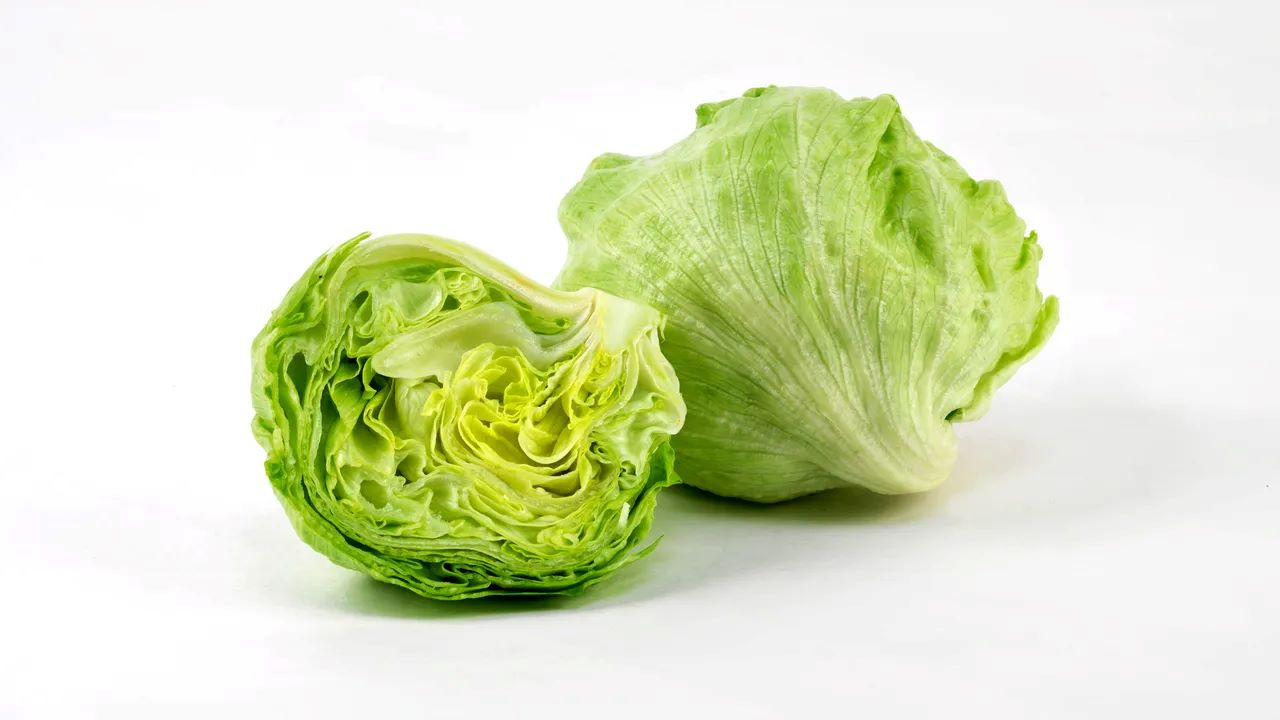
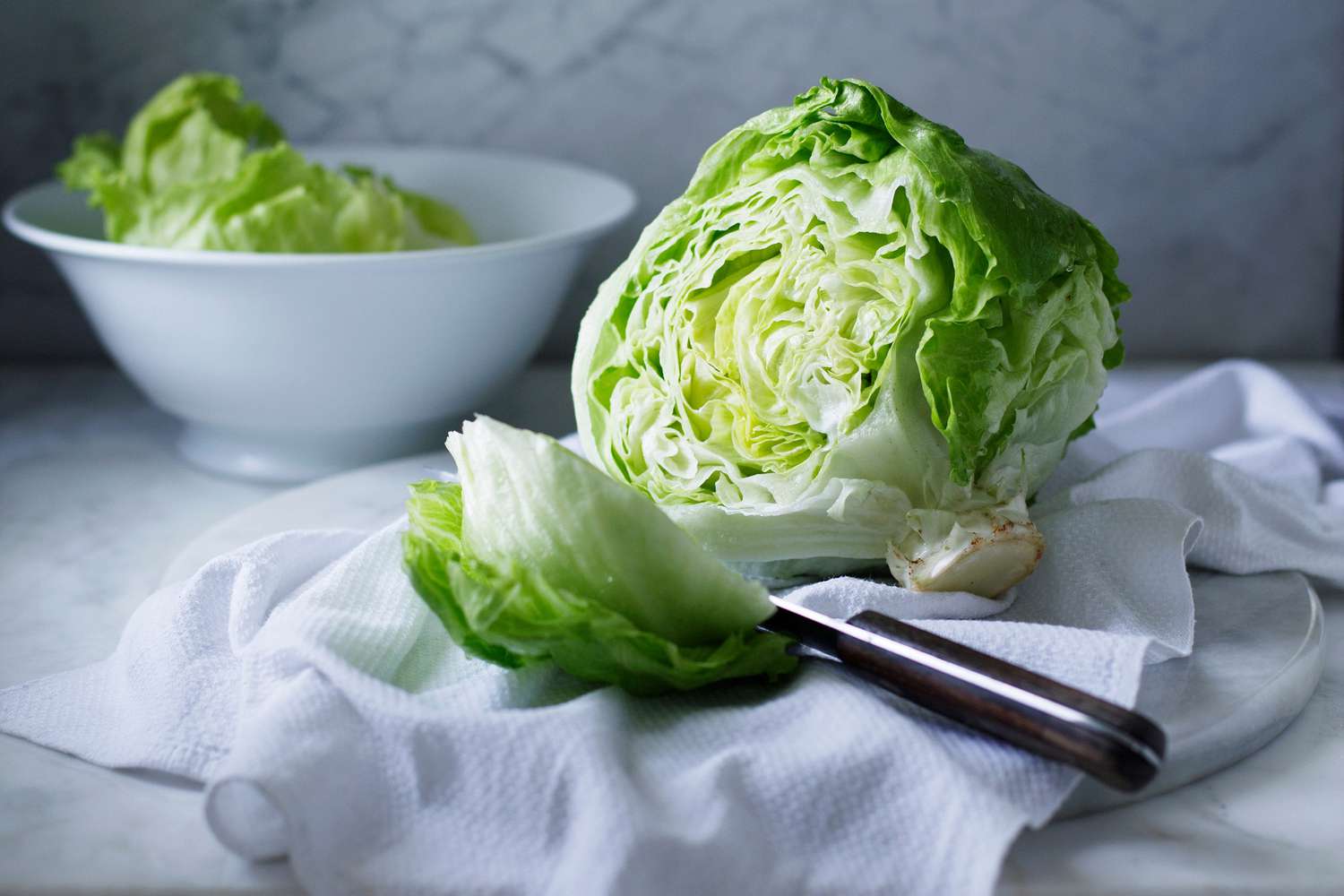
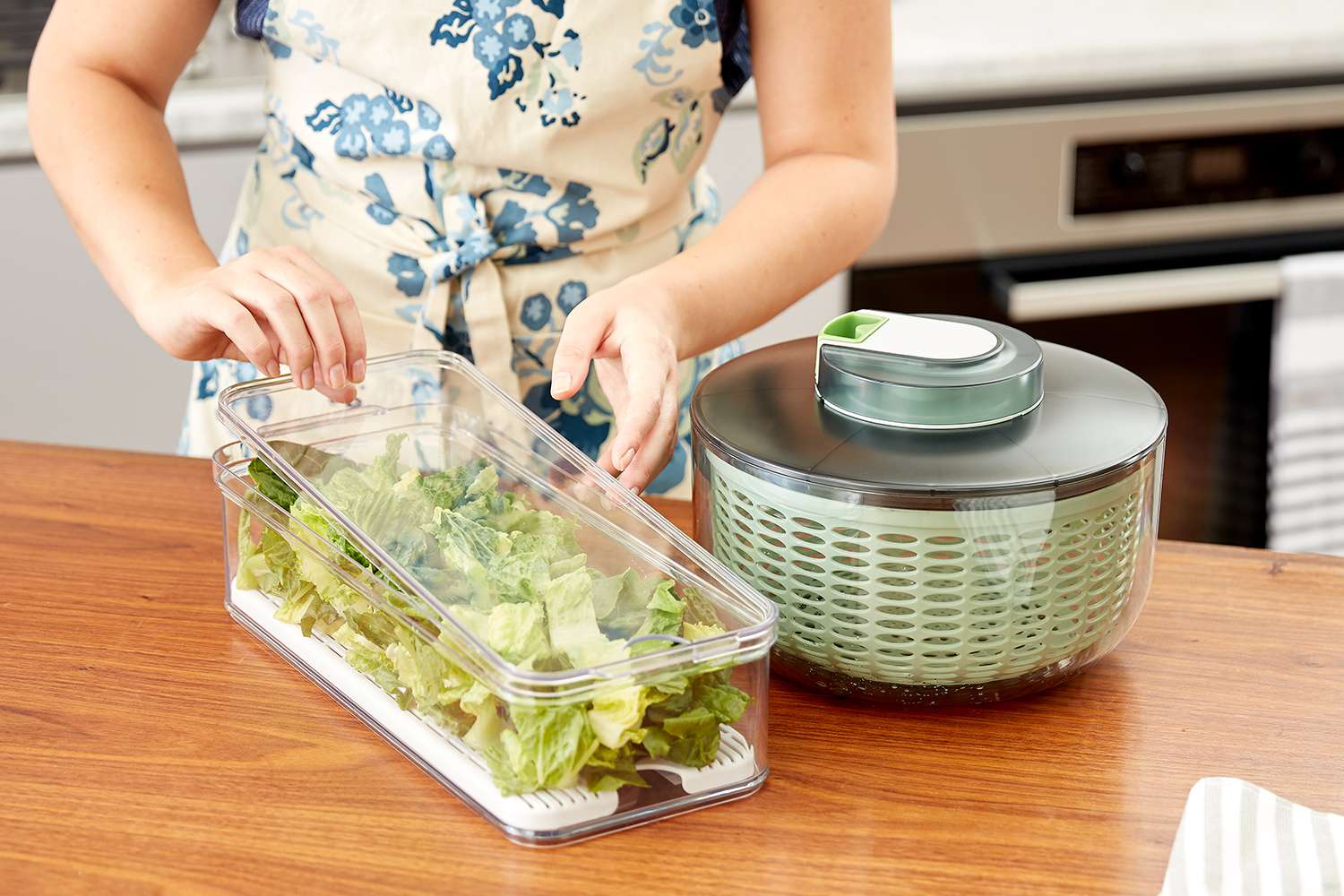
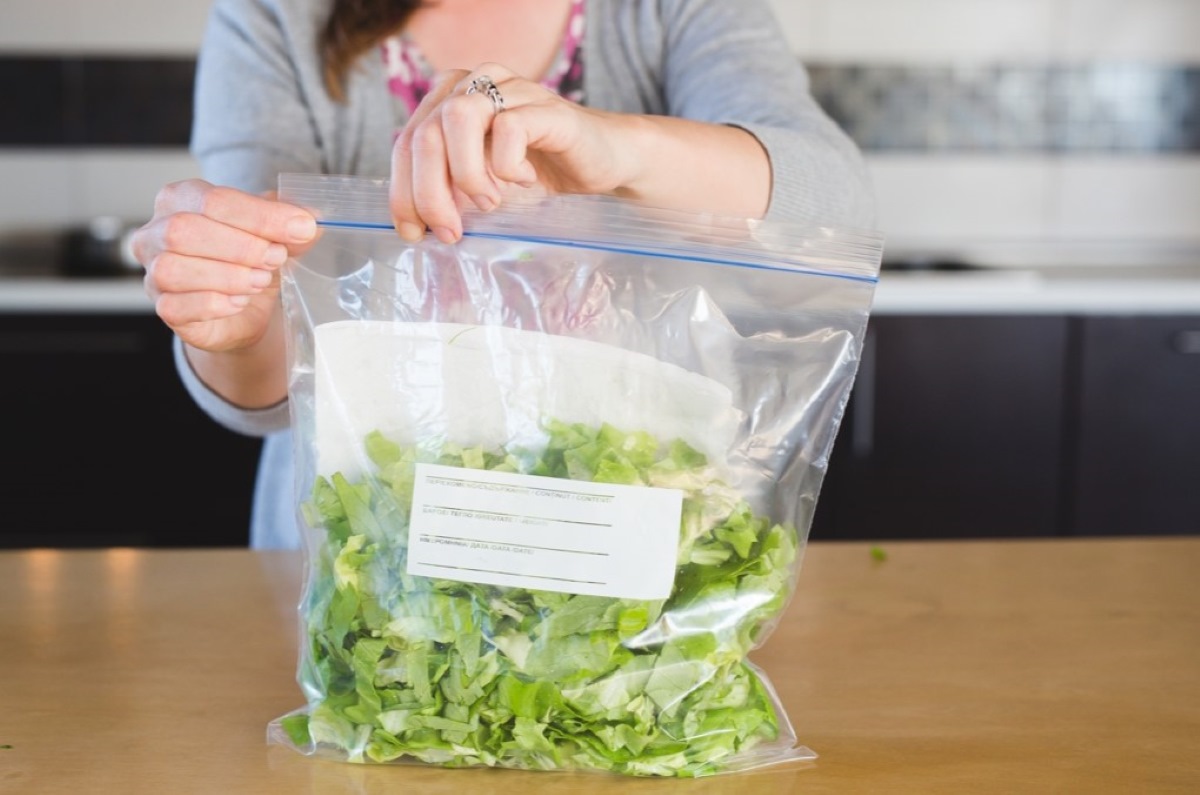
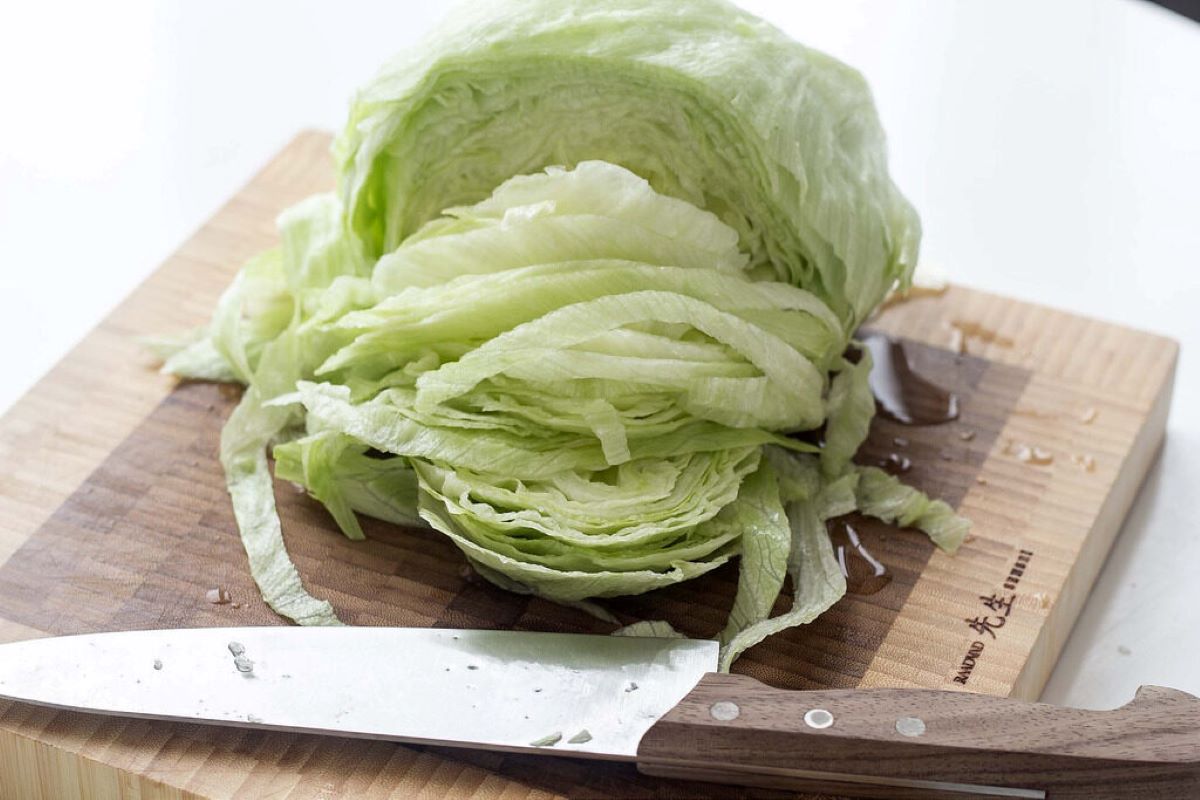
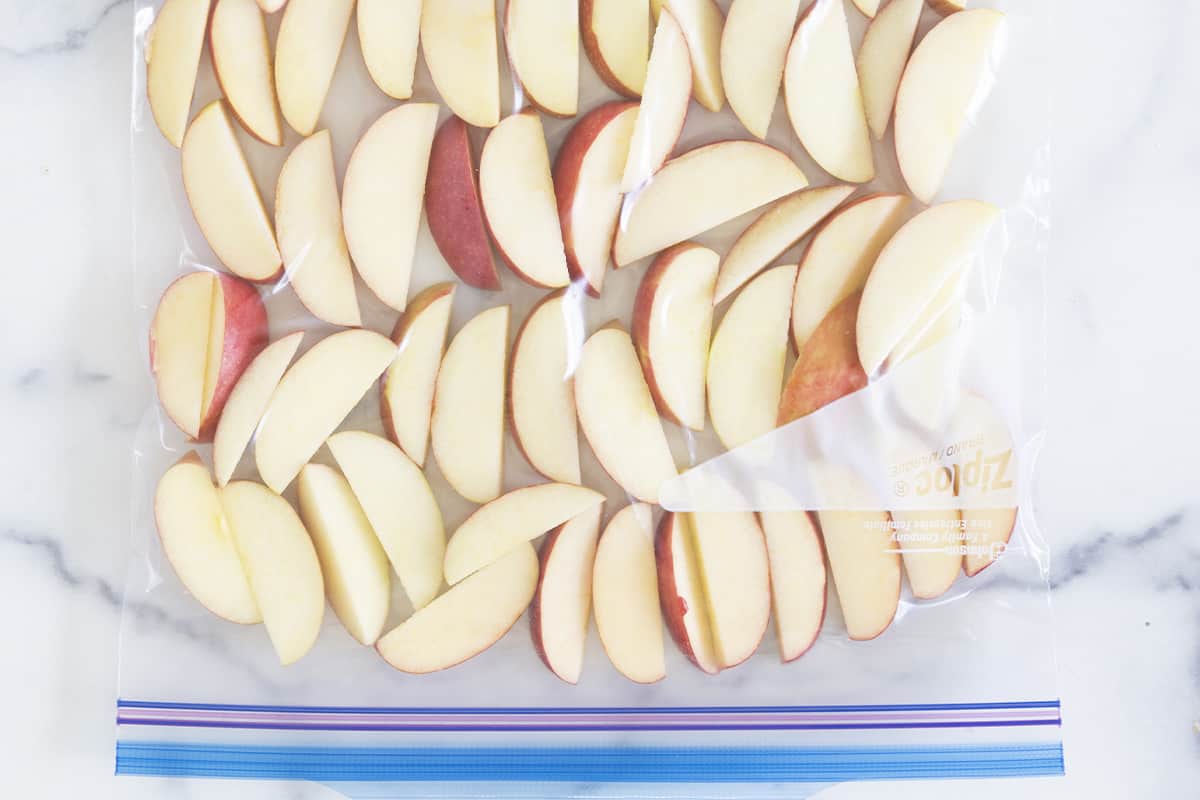
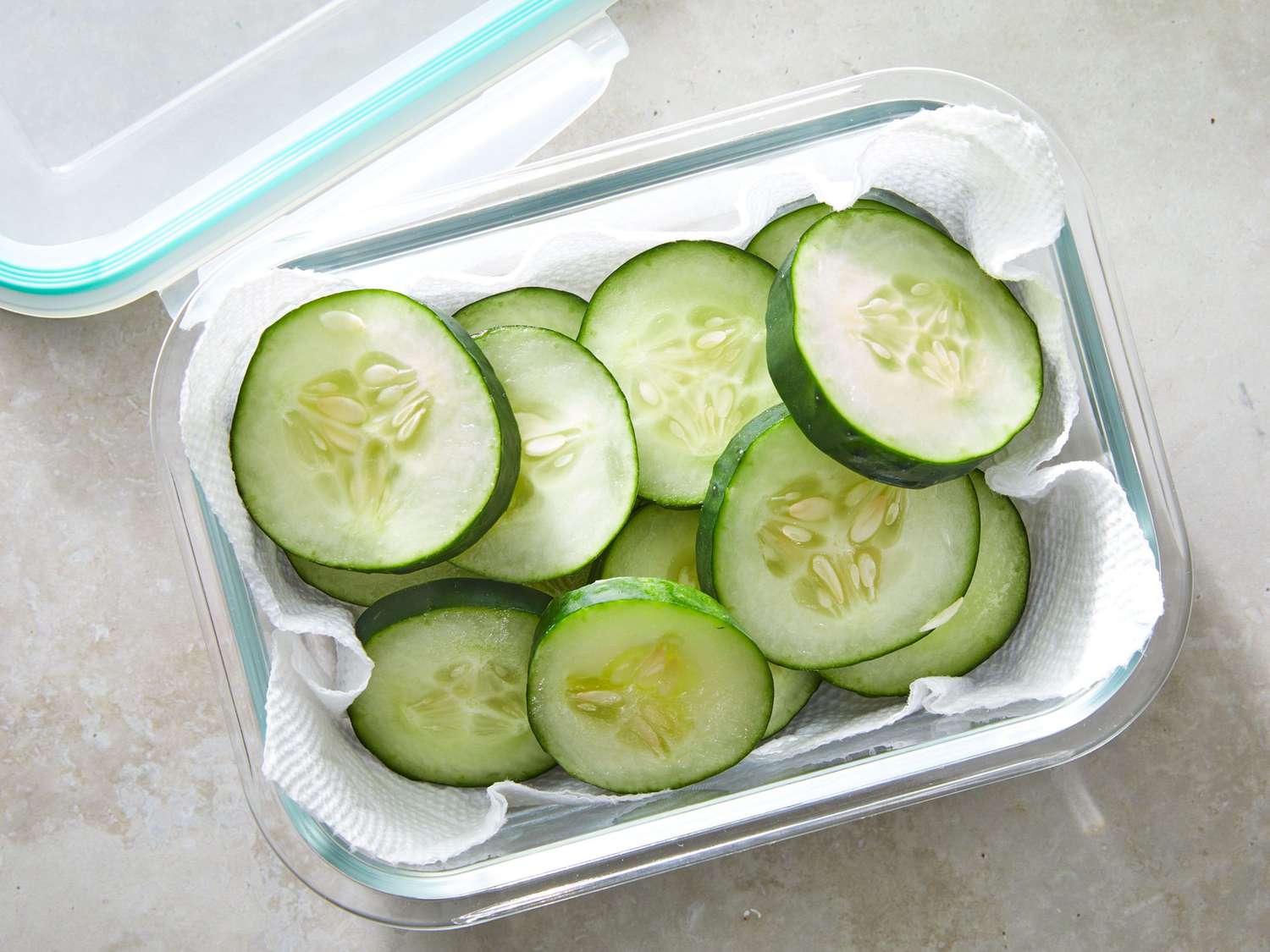

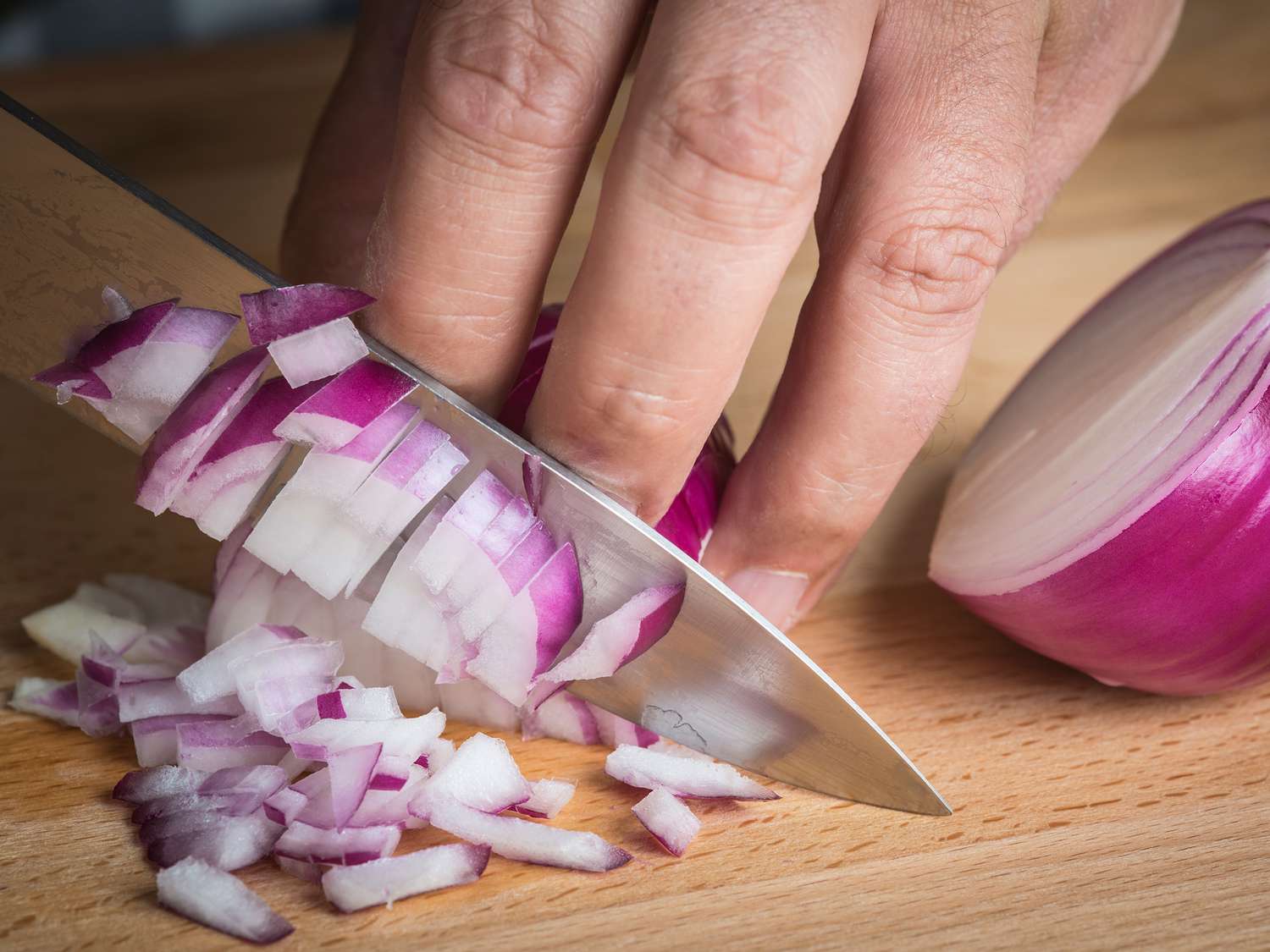
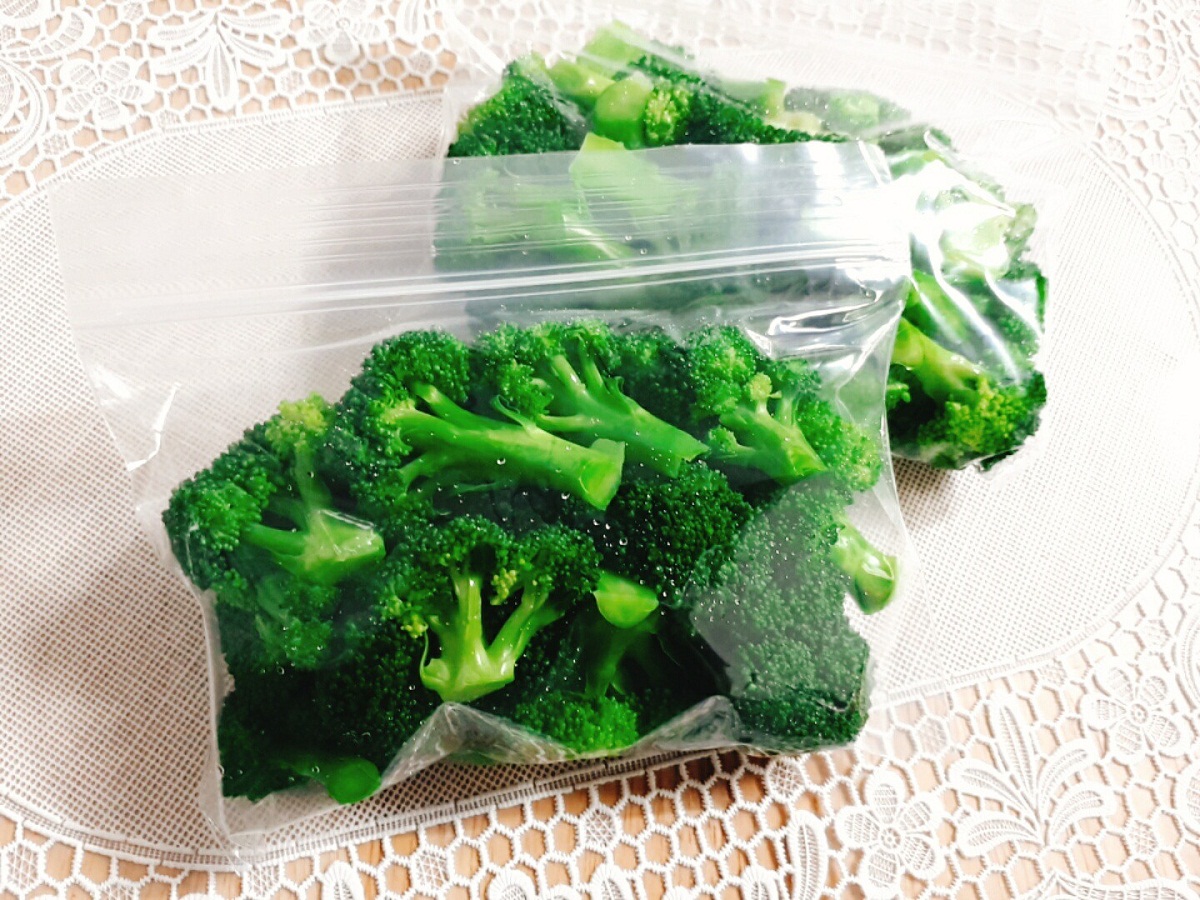
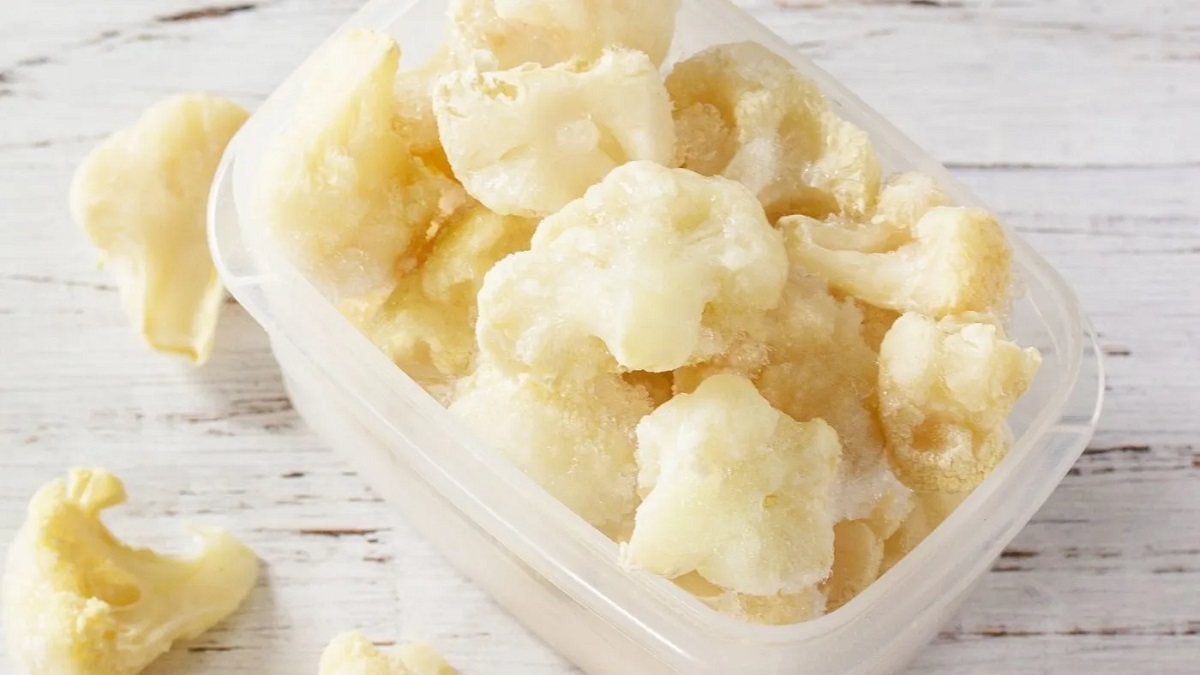
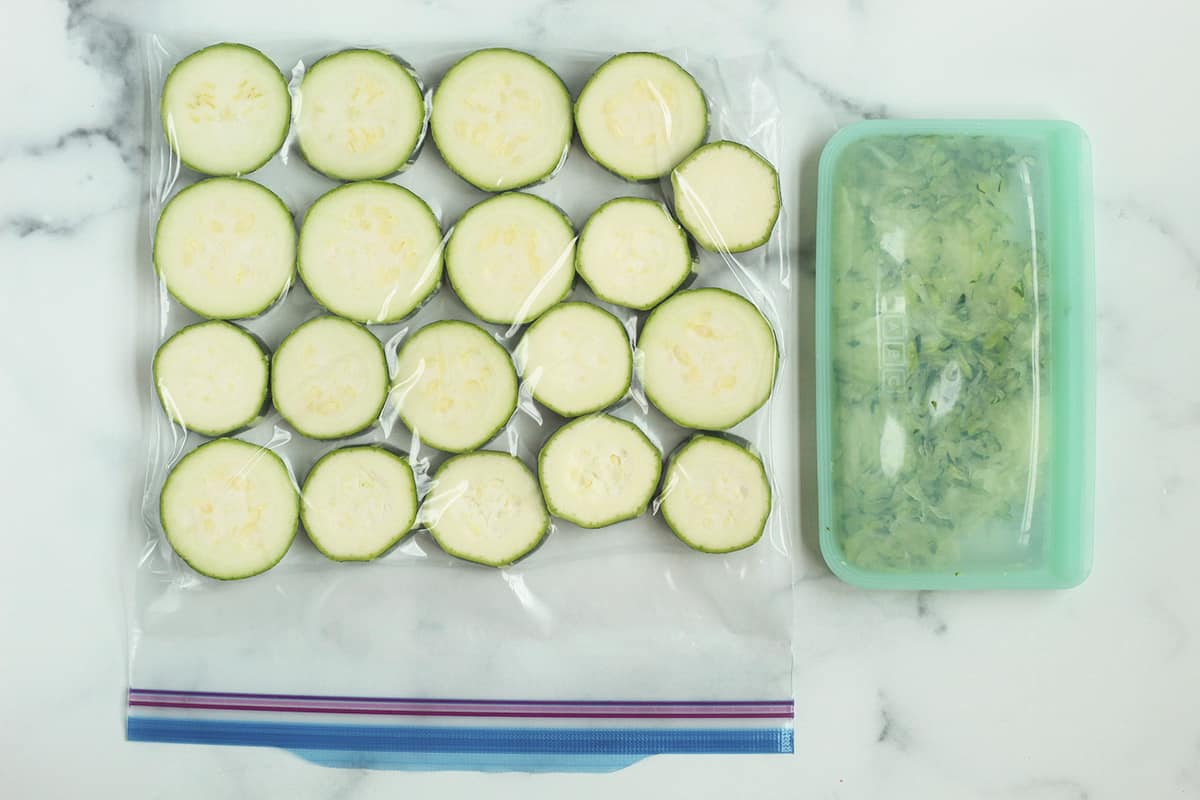
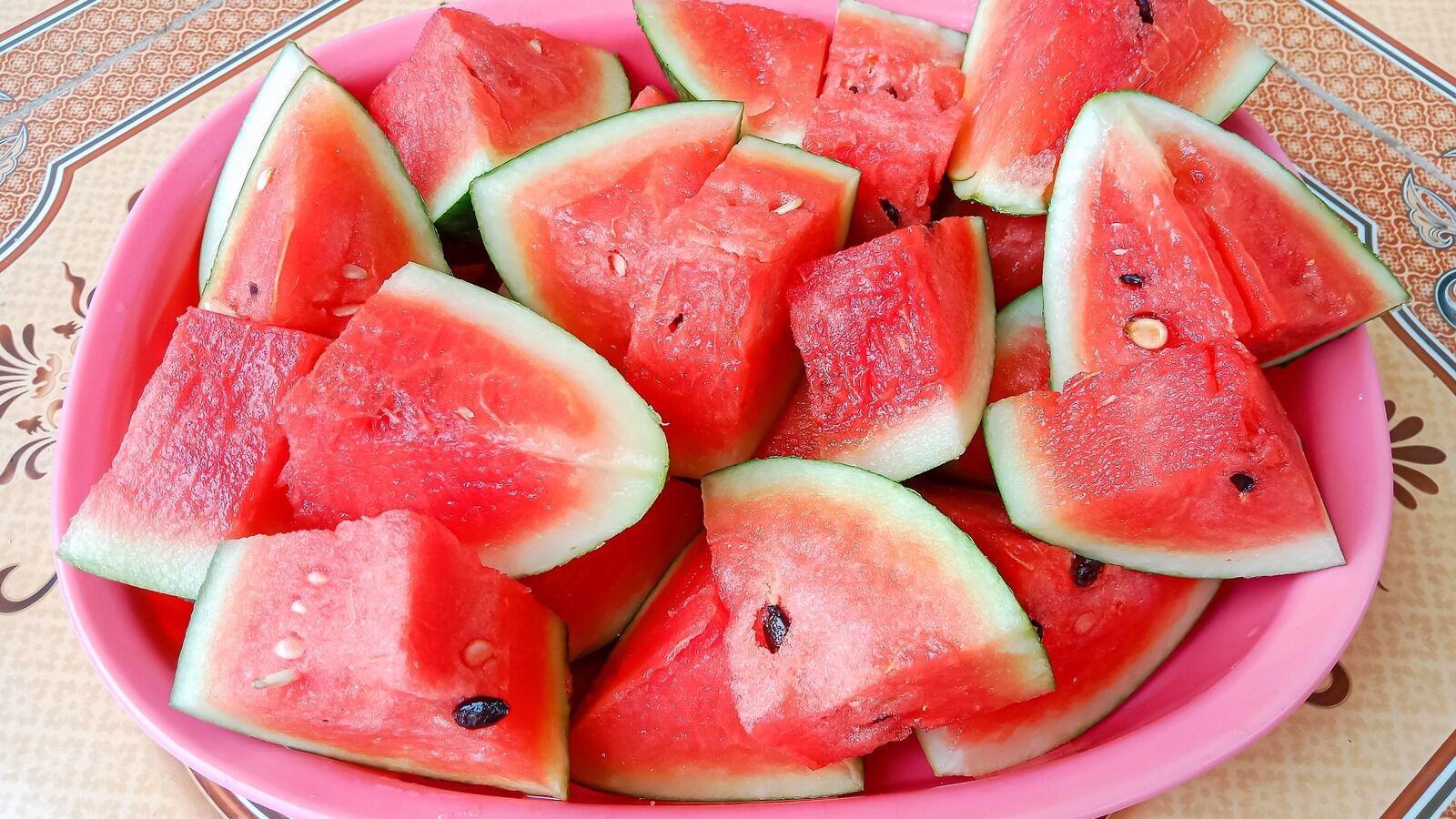


0 thoughts on “How To Store Cut Lettuce In The Fridge”